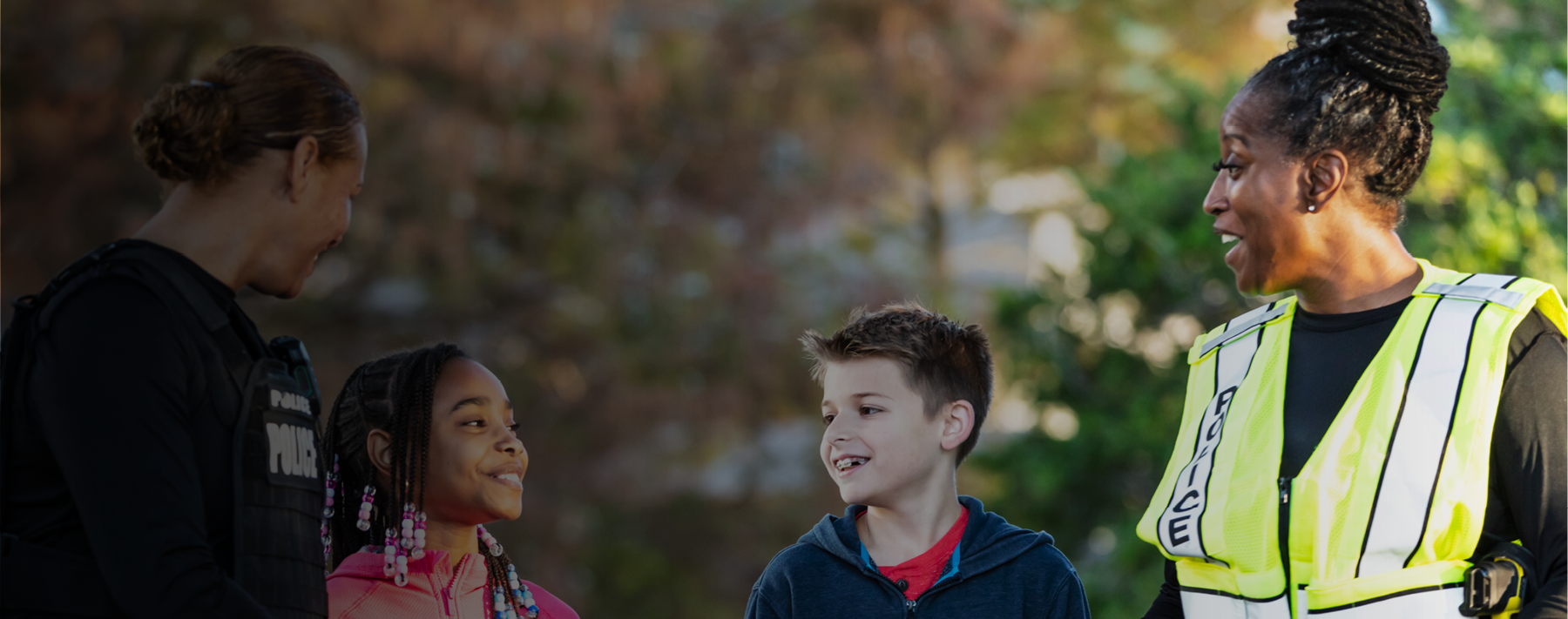Here we go again! Time to gear up for the upcoming Assistance to Firefighters (AFG) grants, Staffing For Adequate Fire and Emergency Response (SAFER) grants, and Fire Prevention and Safety (FP&S) grants cycles. Grab your coffee, your sanity and maybe a stress ball or two — because who doesn’t love a good paperwork marathon? Honestly, it’s not so bad unless you really drop the ball on keeping up with your organization’s data. If that happens, things might get rough. Let’s discuss some background before we get too deep into the good stuff.
Program Background
Since its inception in 2001, the Assistance to Firefighters Grant program has been a lifeline for fire departments and first responders across the nation. It ensures public and firefighter safety by providing essential resources for combating fires and related hazards. The AFG program’s support extends to crucial equipment, training and resources vital for efficient emergency response and overall operational safety.
This program works hand in hand with the Staffing for Adequate Fire and Emergency Response grants, which address career and volunteer staffing, and the Fire Prevention and Safety grants, which emphasize fire prevention measures. They fortify fire departments’ and emergency responders’ safety and effectiveness nationwide.
The AFG program is a vital resource for fire departments dedicated to enhancing their capabilities and safeguarding responders and the public.
Changes to This Year’s Process
Now, let’s talk about the first — and probably not the last —change coming to this year’s cycle. Starting July 2, 2024, users who previously used FEMA GO, the Federal Emergency Management Agency’s online grants portal, will need to sign in using login.gov. Meanwhile, FEMA employees can stick with their trusty PIV cards. The old login screen will still be around for now, so no need to panic just yet.
To help everyone prepare for the switch, here are some handy tips:
- If you’re already on login.gov, ensure your FEMA GO email is linked to avoid any issues.
- Need a login.gov account? Visit their site and add your FEMA GO email.
- If you’re an Authorized Organization Representative, link your SAM.gov email to login.gov.
- Avoid using your work email on login.gov; it’s like leaving your keys at the office when you leave!
Prospective applicants will have to have access to the applications, whether it is through login.gov or FEMA GO. If you or your department cannot access either of these, take care of that problem as soon as possible. Your whole application depends on it.
Obtain the Correct Credentials
The next big part of getting ready for your grant application is getting your Unique Entity Identifier (UEI) number and making sure you’re registered on SAM.gov. If you want to apply for grants, you need both of these. They’re like your keys to the application process — if you don’t have them, you can’t get in! SAM.gov is where you manage all the essential details for federal grants, and it’s where you will complete your registration, including obtaining that UEI number.
It cannot be stressed enough how important this step is. It has to be done early; waiting until three days before the closing of the application is a recipe for disaster. If you procrastinate until the last minute, you’ll find yourself in line with others sharing stories of eleventh-hour heroics, all hoping to submit their applications just before the deadline.
Getting Your Data Ducks in a Row
Your knack for effectively gathering data for your department is just as crucial as completing your UEI and SAM.gov registration. Ultimately, your application is only as good as the data you can gather. Enhance your grant applications by employing clear and concise data visualization techniques. Showcase a direct link between identified needs and proposed solutions, emphasizing how the requested resources can significantly improve community safety and emergency response capabilities.
For example, if you’re seeking funding to replace your fire hose inventory, be prepared to discuss the age of your current inventory, the number of fires you’ve responded to, instances of hose failures, and other relevant data points that paint a clear picture for the peer reviewer of your department’s needs. The importance of producing relevant data for your funding request cannot be stressed enough. This will literally make or break your application.
Additional data and information related to the overall department are also needed. This includes the inventory of your fire apparatus, including age, number of riding positions, and the number of firefighters on your roster and their training levels. These numbers are extremely important, especially regarding PPE and radio requests. Another essential section of the application concerns your department’s financial standing and why you need federal funding to complete your proposed project. Again, you are working to paint a picture for the peer reviewer. They do not know anything about your department, so provide them with all the information and data they need to understand why your request cannot be funded out of your budget. If you represent a municipal fire department, discussing other projects funded by the municipality is entirely acceptable and will often emphasize your needs.
eBook: 5 Common Grant Application Mistakes DOWNLOAD NOW
Planning Ahead Is Key
Everything mentioned above should be done well before the application opens. The Notice of Funding Opportunity (NOFO) will be released within a few weeks of its opening. This document will assist you in navigating the application requirements effectively. The department should take the time to understand the specific priorities and evaluation criteria in the NOFO. It’s important to follow all documentation and submission guidelines carefully. Don’t hesitate to ask for clarification if you’re uncertain about organizing and submitting the necessary documents by the deadline. This process includes peer review, evaluating your applications, and staying informed about award decisions and subsequent requirements. You can get more information through scheduled Q&A sessions or by contacting the AFG program help desk directly by calling 866-274-0960 or sending an email to firegrants@fema.dhs.gov.
This all sounds like a daunting task, mainly because, for some departments, it is. Preparation is the key to success. However, if you need help, reach out to Lexipol and its talented team of program managers and grant experts. These individuals will work directly with your department regarding data and information gathering and develop personalized narratives that will hit all of the important points that peer reviewers are often looking for. To get started, go to firegrantshelp.com/grant-assistance.
Success Can Be Yours!
The AFG program is a vital resource for fire departments dedicated to enhancing their capabilities and safeguarding responders and the public. By diligently preparing for the AFG application process and using available resources, fire departments can set themselves up for success in securing crucial funding and support through this pivotal program. For the latest updates and further information, fire departments are encouraged to visit the official FEMA website and subscribe to FEMA email updates, ensuring they stay informed about AFG and other grant opportunities.



